New to OK gardening
waldosgone
10 years ago
Related Stories
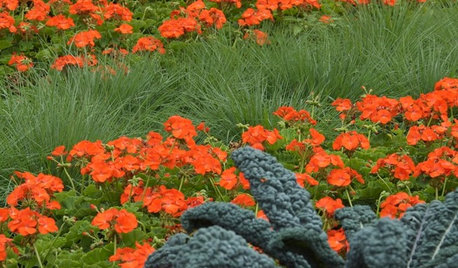
EDIBLE GARDENS7 Edible, Pretty Wonders of the Plant World
It's OK to like them just for their looks, but these flowers, trees and greens have a tasty side too
Full Story
GARDENING GUIDESGreat Design Plant: Knock Out Roses
As glorious as their high-maintenance kin for a fraction of the work, Knock Out roses make even beginners look like garden stars
Full Story
GARDENING GUIDESGreat Design Plant: Milkweed
Quit cringing. This not-weed plant is a sight to behold in the garden, has a delicious vanilla scent and is a magnet for butterflies
Full Story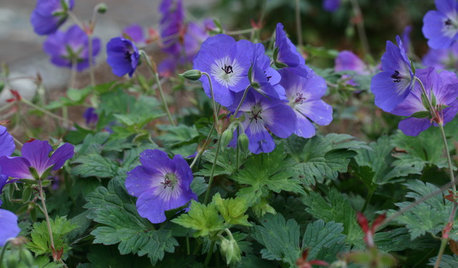
FLOWERSGreat Design Plant: 'Rozanne' Cranesbill
Try this vigorous scrambling beauty as a ground cover or container plant for captivating garden color all summer long
Full Story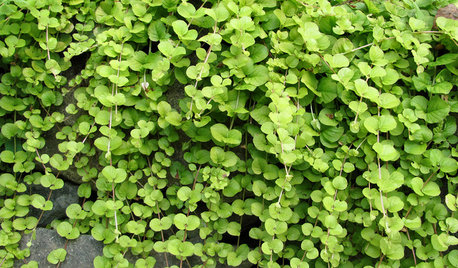
GARDENING AND LANDSCAPINGGreat Design Plant: Golden Creeping Jenny
Try this fast-growing ground cover for easy masses of gold and green in the garden
Full Story
GARDENING GUIDESGreat Design Plant: Asclepias Incarnata for a Butterfly Garden
Beautiful swamp milkweed makes it easy to help monarchs and other pollinators in eastern U.S. gardens
Full Story
GARDENING GUIDESGreat Design Plant: Butterfly Milkweed, a Beacon in the Prairie
Vivacious orange flowers for you, nectar for the butterflies and bees. Asclepias tuberosa is worth planting for more reasons than one
Full Story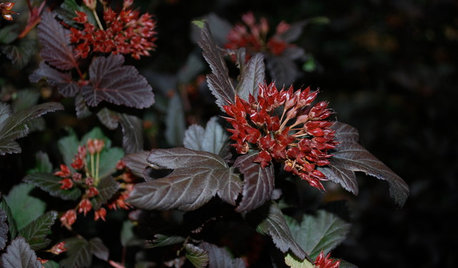
LANDSCAPE DESIGNGreat Design Plant: Sun-Loving Ninebark Puts on a Color Show
This tall, dark and handsome native shrub is equally at home in jeans and boots or in a suit and tie
Full Story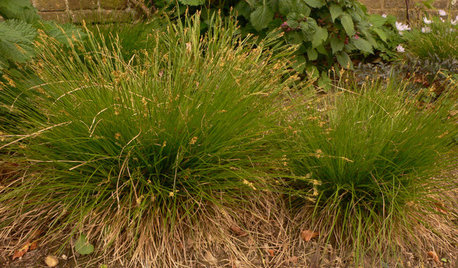
GARDENING GUIDESGreat Design Plant: Carex Eburnea
The perfect ‘grass’ for dry shade is a sedge
Full Story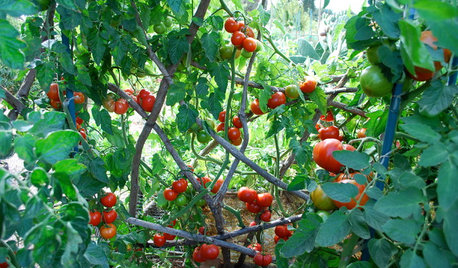
GARDENING GUIDESTexas Gardener's March Checklist
So long, freezing temperatures. It's time to kick off spring planting, lavish attention on lawns and sprinkle seeds to your heart's content
Full Story0






mksmth zone 7a Tulsa Oklahoma
slowpoke_gardener
Related Professionals
Windham Landscape Architects & Landscape Designers · Fort Lee Landscape Architects & Landscape Designers · Panama City Landscape Architects & Landscape Designers · Alamo Landscape Contractors · Ocoee Landscape Contractors · Point Pleasant Landscape Contractors · Porterville Landscape Contractors · White Bear Lake Landscape Contractors · Ankeny Decks, Patios & Outdoor Enclosures · Aventura Decks, Patios & Outdoor Enclosures · Hot Springs Village Decks, Patios & Outdoor Enclosures · Lebanon Decks, Patios & Outdoor Enclosures · Lenoir Decks, Patios & Outdoor Enclosures · Redmond Decks, Patios & Outdoor Enclosures · West Bend Decks, Patios & Outdoor EnclosuresOkiedawn OK Zone 7
Lisa_H OK
chickencoupe
waldosgoneOriginal Author
waldosgoneOriginal Author
p_mac
Lisa_H OK
Lisa_H OK
wbonesteel
Macmex
waldosgoneOriginal Author
waldosgoneOriginal Author
waldosgoneOriginal Author
waldosgoneOriginal Author
waldosgoneOriginal Author
waldosgoneOriginal Author
waldosgoneOriginal Author
waldosgoneOriginal Author
waldosgoneOriginal Author
amunk01
dchezbot
organicfrmr
waldosgoneOriginal Author
waldosgoneOriginal Author